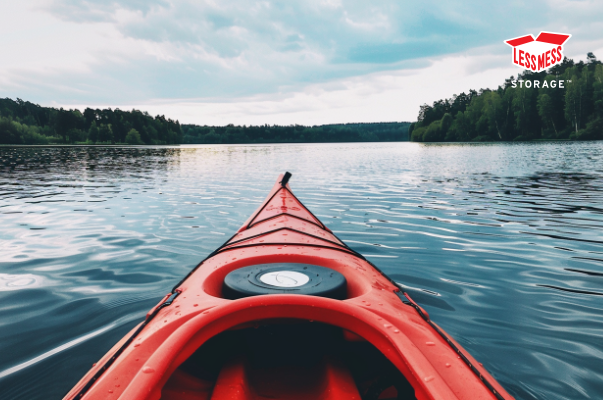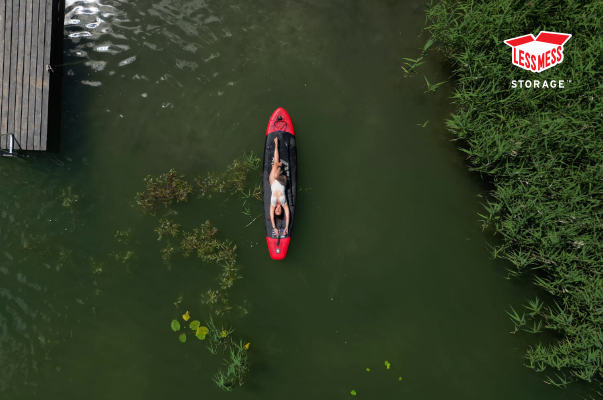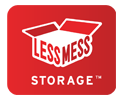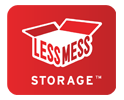
Time for a kayak, or maybe a SUP?
July – the middle of kayak season, the perfect month for water sports enthusiasts. The holiday season is a time when many of us dream of getting away – some choose to relax slowly on the beach, while others relax by taking up activities they don’t have time for on a daily basis. Kayak enthusiasts head off on a kayaking trip without a second thought. Some are shy about taking up this type of activity – not only on organised kayaking trips, but also individually – but don’t know what to look for when choosing a kayak. Learn about the types of kayaks and choose a model that meets your expectations.
What should you consider when choosing a kayak?
First of all, you need to think about how you are going to use your kayak – whether for leisurely paddling on the lake, for intensive cruising on mountain rivers or for sailing on the sea. The method of use is of vital importance.
Kayaks can be divided into several different types:
Sea kayak – is characterised by its narrow, long construction. It cuts through waves well and does not require a lot of effort to keep it moving, but is difficult to steer, so requires adequate paddling experience. Intended for large water basins only.
Mountain kayak – characterised by its rounded, short shape. Agile, very durable, well able to withstand collisions with possible obstacles. Ideal for rapid rivers and rocky river beds.
Sports kayak – has a specific construction, adapted to a given sport discipline, requires experience.
Fishing kayak – large, heavy, stable and comfortable. It perfectly suits the needs of anglers.
Ordinary tourist kayak – characterised by a wide construction and a lot of space. It is stable and comfortable.

Inflatable or hard kayak?
Kayaks can also be divided by the method of transport. We distinguish between inflatable (‘pneumatic’) kayaks and hardshell kayaks. Inflatable kayaks are very convenient to transport. When you have finished your trip, simply deflate them, dry them thoroughly, fold them up and store them in your bag or backpack. However, it should be remembered that such a kayak must weigh its own weight. Inflatable kayaks weigh around 10 kg or more. Inflatable kayaks consist of multiple layers and are characterised by high strength. Depending on your needs, you can opt for a 2-person inflatable kayak, a 3-person inflatable kayak or a single-person variant if you plan on going solo.
Hardshell kayaks are made of sturdy plastic. They cannot be folded – you will need to use a special trailer or a suitable car roof rack to transport them. Traditional kayaks are faster and more manoeuvrable than inflatable kayaks.
When choosing the ideal model for you, remember to match it to the terrain you plan to paddle. Be sure to choose a kayak in which you feel safe and stable. Also pay attention to transport options. Remember to take into account the number of people you want to take on the trip with – a different model will work for solo trips and another for two or three people.
SUP – which one to choose?
Want to experience an unforgettable sea adventure, but a kayak doesn’t appeal to you? Check out if SUP, an inflatable paddle board, is the right choice for you! Keep in mind that a SUP trip also requires proper preparation. For longer trips, the best choice is a touring board that is long and wide enough to float lighter and faster while maintaining a safe balance. They allow you to take more luggage with you and reduce the chance of falling into the water. Luggage ropes are very important – without them, carrying a backpack or even a water bottle will be a challenge. Be sure to also have a safety jacket and a leash – a rope that should be tied to the board and the other end buckled to your leg.

Where do you store your sports equipment once you’ve finished your trip?
Are you hooked on the subject of water sports and want to get the necessary equipment to indulge in these pastimes on a regular basis? Do you like to feel the wind in your hair, the adrenaline rush of a river or the sea, or the peace and quiet of a lake, but don’t have the space in your flat to store your water sports equipment? A kayak, a boat, yacht parts, an inflatable SUP paddleboard – these are bulky items that many find challenging to store. If you don’t have a large enough, properly secured storage space, be sure to take a look at Less Mess Storage’s self-storage offer. Not only is this a secure option, protected by modern security systems, in which optimum storage conditions prevail, but it is also a space whose size you can individually adapt to your needs. In our self storage facilities, you can successfully store your water equipment, sports equipment, swimming accessories and many other things for which you lack space at home.









